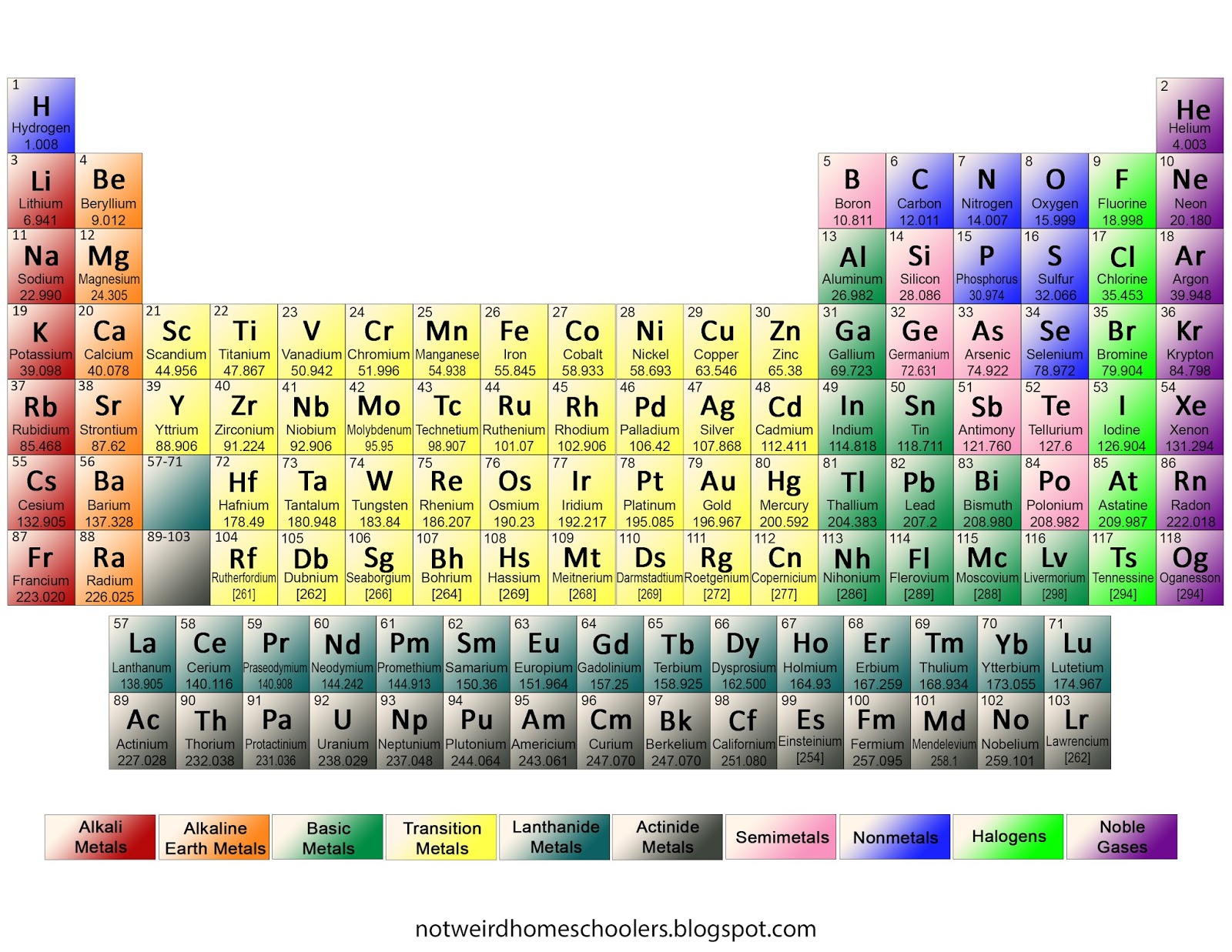
(Also: see 200+ more STEM projects for kids) We played a game called Periodic Table Battleship! This game is so much fun! I think that you will love it, too. Today I have a really fun & simple chemistry game to share. Think the periodic table is not for kids? Think again.
/PeriodicTable-56a12c983df78cf772682271.png)
I have posted a lot about Chemistry for Kids lately. My oldest has been studying it and really enjoying it. I am so glad you stopped by! You will love this periodic table battleship game. These elements were added in 2016 after a five-month review by the International Union of Pure and Applied Chemistry (IUPAC).Need an idea for teaching the Periodic Table of Elements to Kids? You are in the right place. The most recently added elements to the periodic table were Nihonium, Moscovium, Tennessine, and Oganesson.24 elements are human-made and are known as synthetic elements. 94 elements are naturally occurring elements found on Earth. As of 2021, there are 118 elements in the modern periodic table.The periodic table has many elements and their elemental symbols contain almost every letter in the alphabet except the letter “J.” New elements are still being discovered, and it is quite likely “J” could be assigned as an elemental symbol.In fact, many elements present in the modern periodic table were not part of the original periodic table in 1869. New elements can be categorized and positioned in the existing periodic table. The periodic table was designed to accommodate elements that were discovered later.Here are some fun facts about the periodic table for children (5) (6). The periodic table is a fascinating tool to categorize elements and has interesting facts about it, too. Therefore, the atomic weight could be subject to change, and the one mentioned on the periodic table is generally considered provisional. However, there could be several undiscovered isotopes of the element. The atomic number (number of protons) of an element will always remain the same.For instance, noble gases tend to become denser as their atomic mass increases. Some element groups could display changes in physical properties as their atomic masses change.



 0 kommentar(er)
0 kommentar(er)
